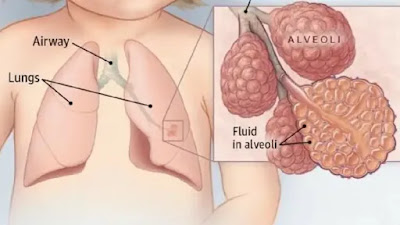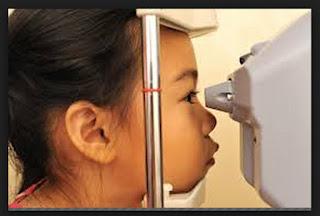Problems of functional status in the elderly
Why . increased life expectancy has made the health of the
elderly an issue of concern in most countries. Changes in society also make the
social isolation of the elderly a problem not restricted to the industrialized
world . the elderly are vulnerable, and it should be possible to design
appropriate ways of promoting an optimum quality of life for the elderly in a
primary health care context . screening for cataracts, a common and treatable
cause of blindness in the elderly , addressed below.
How , a recent essay aimed at general practitioners in the
united kingdom urges that screening (of the elderly ) should be oriented to the
patient s functioning and not to disease (freer, 1990). Periodic assessment is
recommended, including assessment of
mobility, social and mental functioning, hearing, vision, and continence, and a
review of medication, the author also recommends an annual home visit. The
USPSTF (1989)has stressed assessment of functional status as an essential
component of preventive care for the elderly.
It appears worth while to train primary care workers to make
routine functional assessments of elderly persons in the community, especially
those with precarious social support . the goal would not be to detect disease
but to detect functional limitations that could be relieved with simple
measures within the reach of local resources and to promote maximal functional
status (WHO< 1989b) . simple multidimensional assessment tools and
interventions that could be used by primary care workers need to be
develop and validated (Cooper & Bickel, 1984; fillenbaum, 1985; beers et al
,. 1991).
Resource levels required. Low for screening by primary care
worker; low or medium for definitive diagnosis and for intervention, including
simple supportive social interventions.
Recommendation on use of screening, screening of the elderly
for functional status is recommended as a priority, along with early detection
of diminished mental or physical function.
Research priority. Developing simple but accurate assessment
tools that can be used by primary care workers, together with ways of training
primary care workers to deal effectively with the risks detected (tertiary
prevention).


